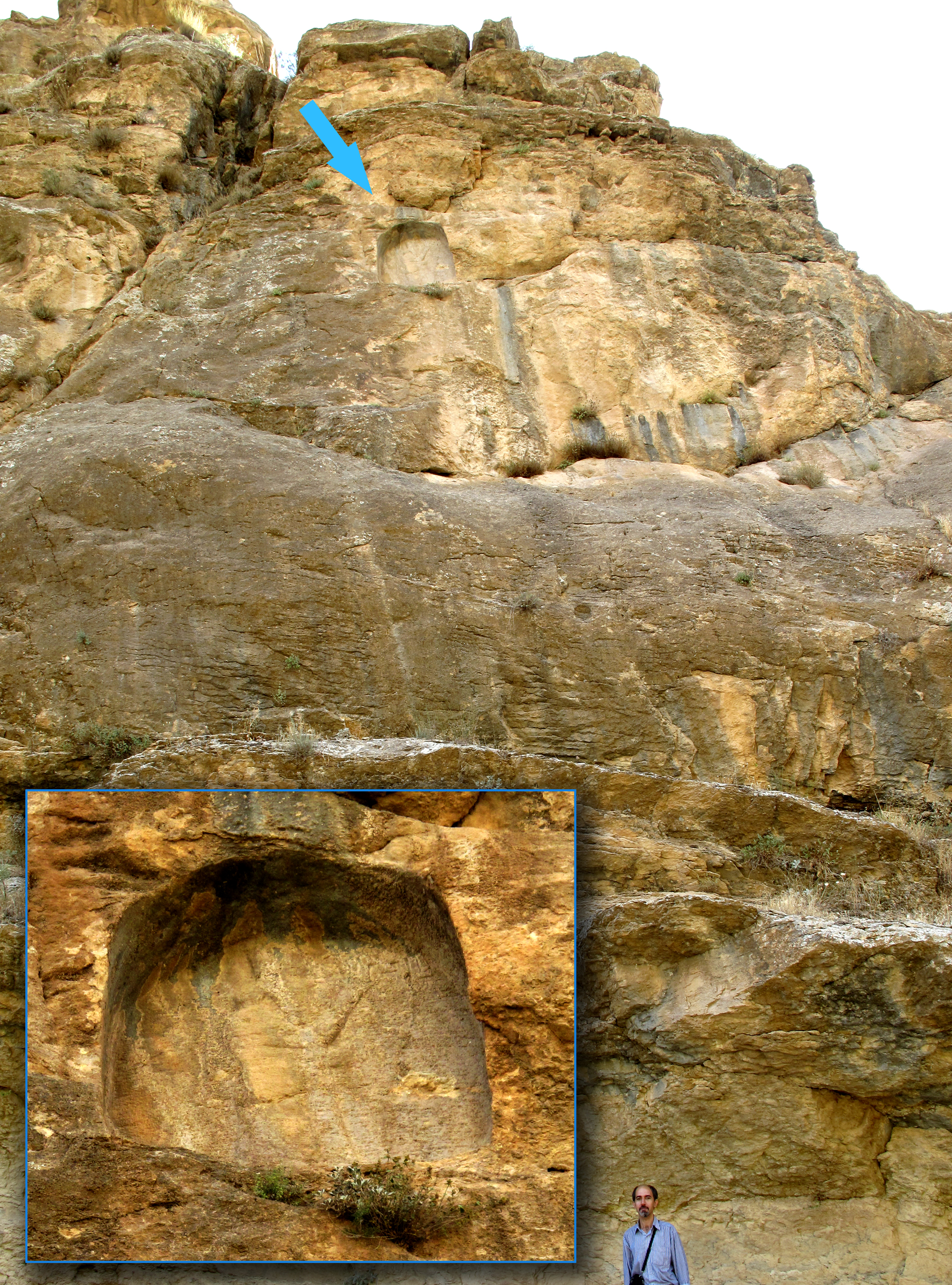Bit-Istar on:
[Wikipedia]
[Google]
[Amazon]
Bit-Istar was an Assyrian town and a local kingdom (c. 12th century BC - c. 710 BC) at western Zagros that according to inscriptions of 
Tiglath Pileser III
Tiglath-Pileser III ( Neo-Assyrian cuneiform: , meaning "my trust belongs to the son of Ešarra"), was the king of the Neo-Assyrian Empire from 745 BC to his death in 727. One of the most prominent and historically significant Assyrian kings, Ti ...
and Sargon II
Sargon II (Neo-Assyrian cuneiform: , meaning "the faithful king" or "the legitimate king") was the king of the Neo-Assyrian Empire from 722 BC to his death in battle in 705. Probably the son of Tiglath-Pileser III (745–727), Sargon is general ...
. It was located close to the source of a river to the east of Dyala.
Stronach and Calmeyer proposed Ravansar
Ravansar ( fa, روانسر; also Romanized as Ravānsar and Rawānsīr) is a city and capital of Ravansar County, Kermanshah Province, Iran. At the 2006 census, its population was 16,383, in 3,838 families.
Archaeology and history
Ravansar ha ...
as a possible candidate for the place of Bit-Istar. Recent surveys by Y. Hassanzadeh led to discovery of new evidence indicating presence of rich 1st-millennium remains close to the spring of Ravansar ().
The ruler of this town during reign of Sargon II
Sargon II (Neo-Assyrian cuneiform: , meaning "the faithful king" or "the legitimate king") was the king of the Neo-Assyrian Empire from 722 BC to his death in battle in 705. Probably the son of Tiglath-Pileser III (745–727), Sargon is general ...
was Burburazu who brought his tributes to Sargon during his campaign to the region in 714 BC. A column base at the edge of Ravansar spring could belong to a temple that was built for Ishtar near "Water hole".
Tang-i Var, famous Assyrian inscription from reign of Sargon II is located about 30 km to north of Ravansar.
References
{{reflist * Hassanzadeh, Y., M. Karami, F. Bahrol’oloomi, K. Taheri, A. Tahmasbi, A. Moradi Bisetouni and F. Biglari (2010) Khanileh: "New evidence of Chalcolithic and Early Historic occupations from northwest of the Kermanshah Plain, Central Zagros", ''Iranian Journal of Archaeology and History''. * Parpola, S. & M. Porter (2001) ''The Helsinki Atlas of the Near East in the Neo-Assyrian Period'', Edited by: Simo Parpola & Michael Porter, The Casco Bay Assyriological Institute The Neo-Assyrian Text Corpus Project, Finland. * Radner, K., (2003) "A Median Sanctuary at Bit-Ištar". In G.B. Lanfranchi, M. Roaf & R. Rollinger (ed.), ''Continuity of Empire: Assyria, Media, Persia''. History of the Ancient Near East Monographs 5 (Padova 2003) 119-130. Former populated places in Iran Archaeological sites in Iran Iron Age Asia Buildings and structures in Kermanshah Province History of Kermanshah Province